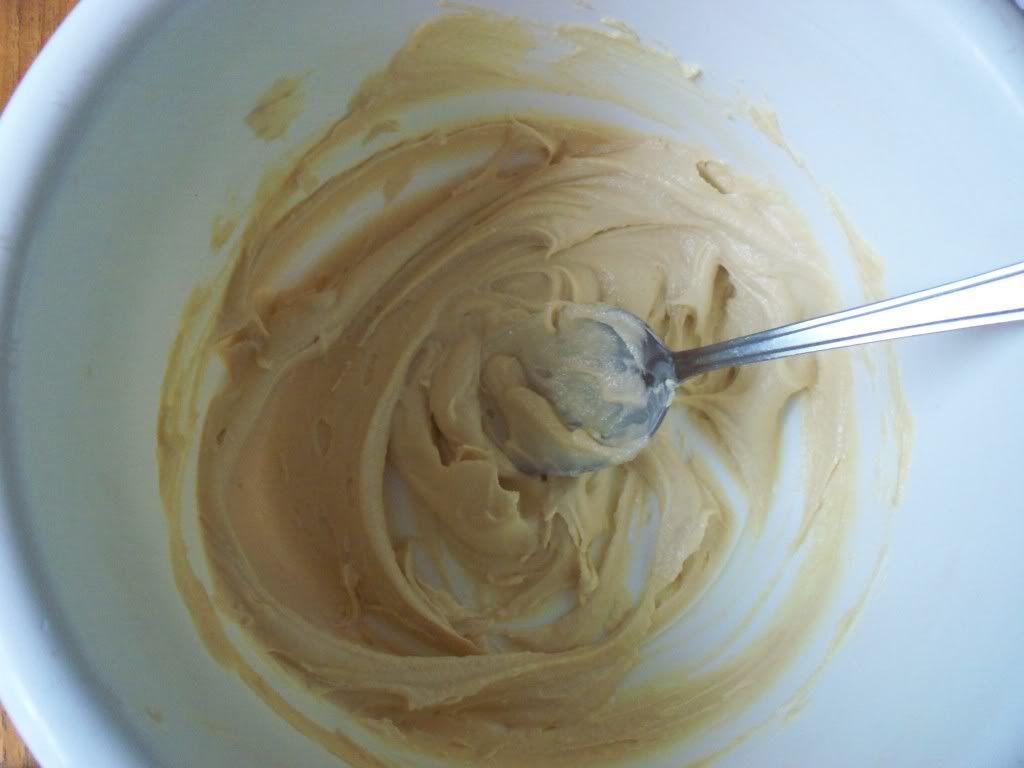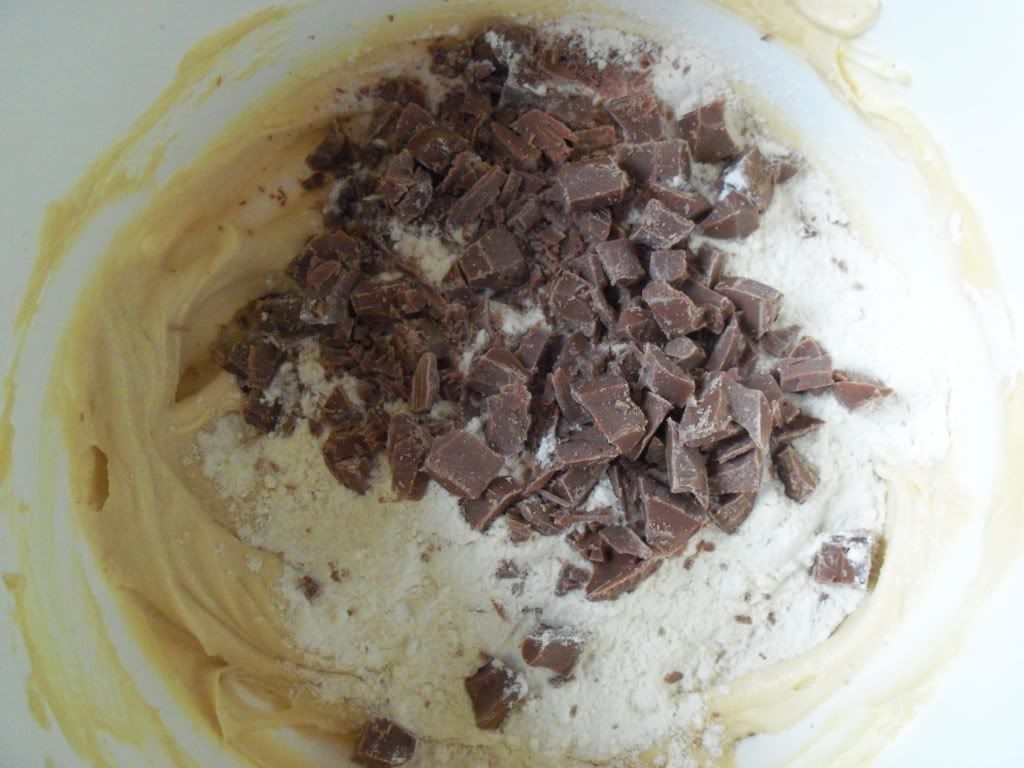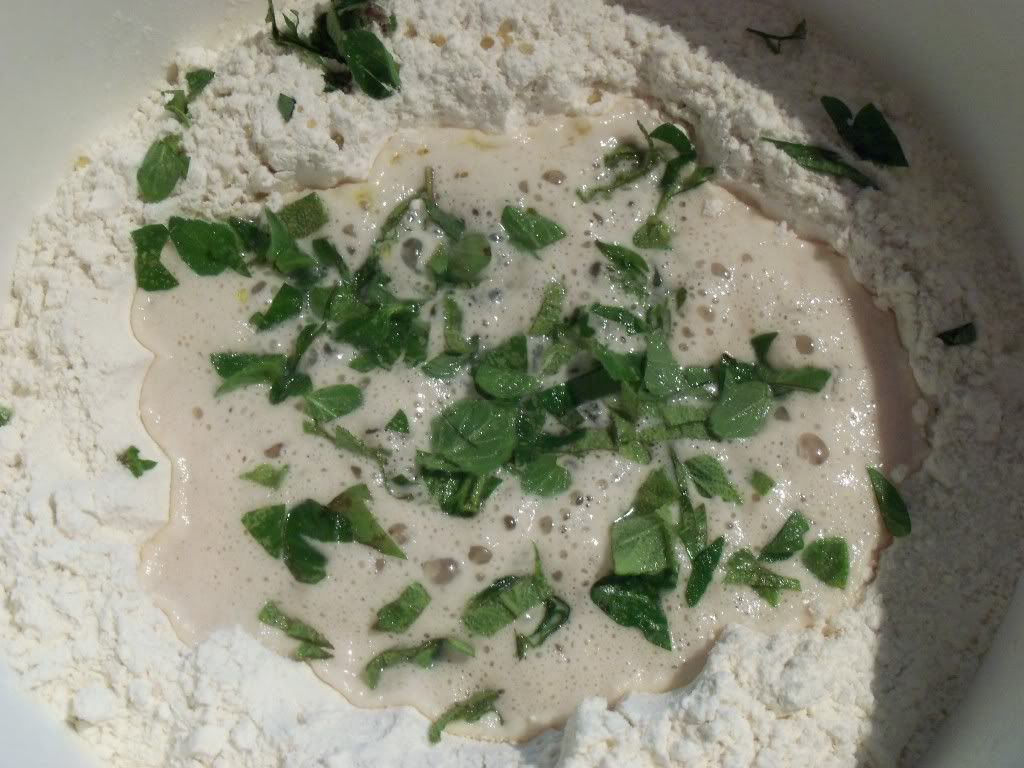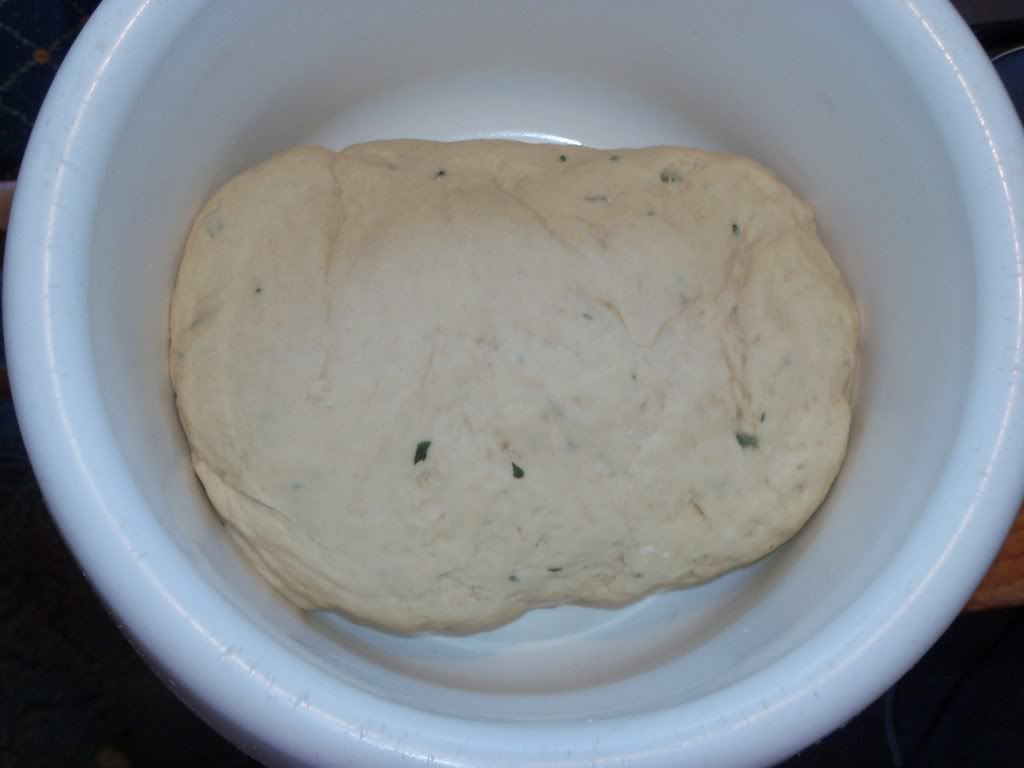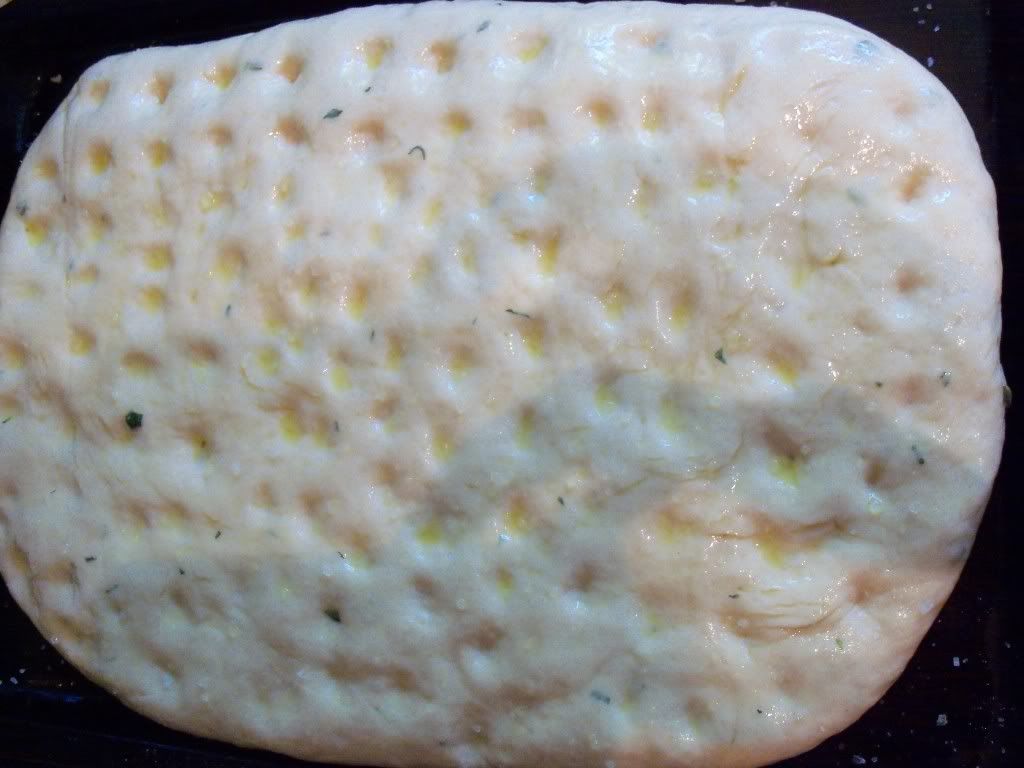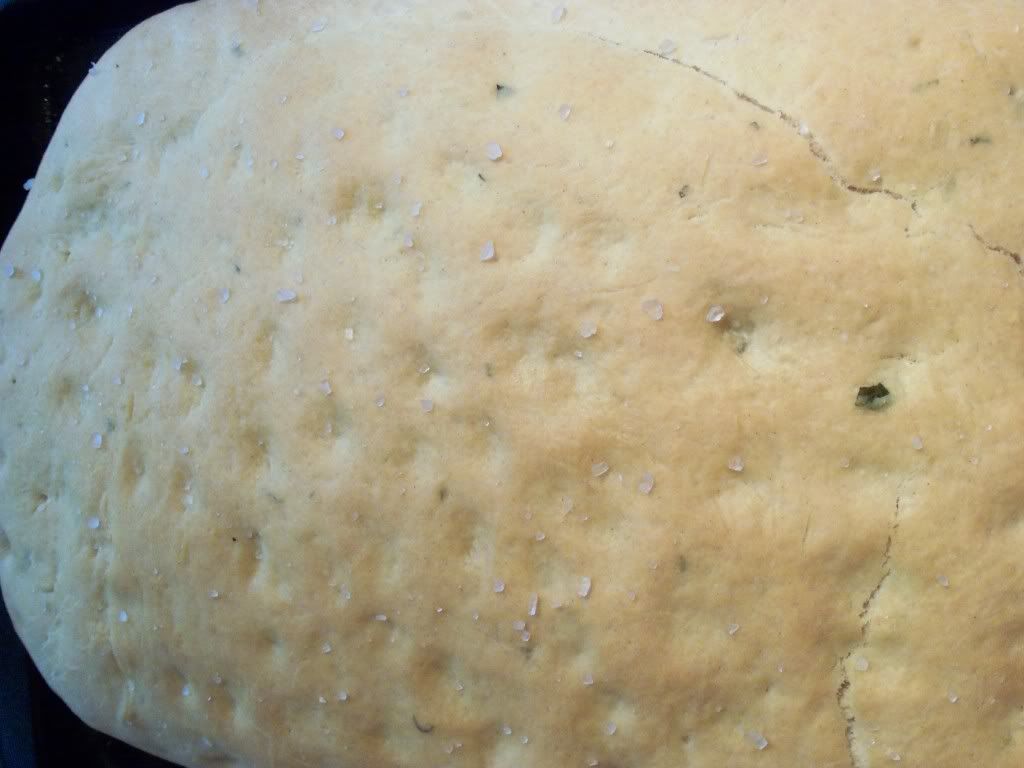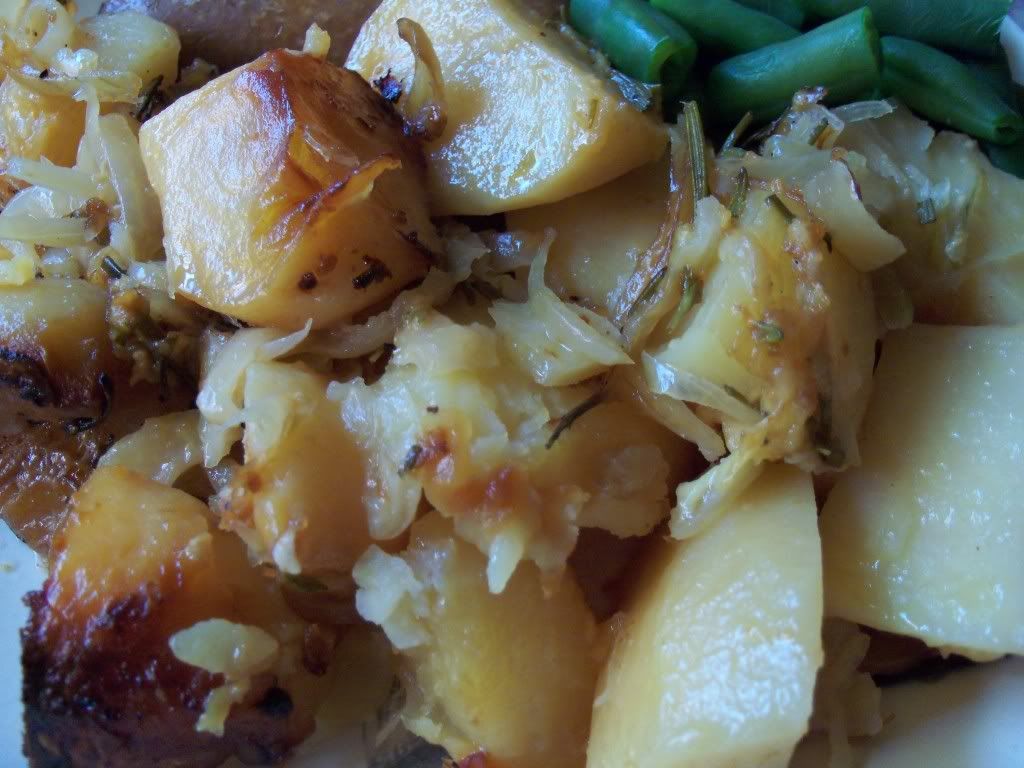After a visit to Hastings earlier this year I tried to recreate one of my favourite products from the shop, a mini quiche packed with a variety of pulses with a strongly flavoured cheesy topping. One member of my family doesn't eat eggs so I have created my own egg-free take on the recipe. The quiche works well as a hot dish to be served with seasonal vegetables but also tastes great and has a firm texture if served cold with salad.
I have detailed a couple of variations to the recipe below which would convert the quiche into a vegan dish.
Ingredients:
Makes x2 5” quiches
For the pastry:
120g plain flour
60g margarine (I find ‘Pure’ vegan margarine makes great pastry)
Pinch of salt
For the filling:
1 small red onion
Knob of butter or vegan margarine
50g well flavoured cheddar cheese
180g cooked borlotti beans
180g cooked chick peas
1tbsp fresh coarsely chopped flat leaf parsley
1tsp yeast extract dissolved in 1tbsp boiling water
Salt and pepper to taste
Method:
- First make the filling. If using fresh pulses, soak overnight and then boil in a large pan of water until soft. If using canned pulses, rinse in a sieve and drain before using.
- Fry onions in a knob of butter until soft and beginning to brown. It is important to use butter or margarine as this helps to bind the filling.
- Remove pan from heat and add cooked pulses, parsley, yeast extract and salt/pepper to taste.
- Using a fork or potato masher, roughly mash around 2/3 of the mixture and then incorporate the remaining whole pulses.
- Whilst the filling is cooling slightly, make your pastry cases. Sift flour and salt into mixing bowl.
- Rub in the margarine until mixture resembles fine bread crumbs
- Add just enough cold water to form a dough, approximately 1-2tbsp. If your dough is too wet the pastry will be hard.
- Rest the dough for around 10 minutes in a cool place.
- Divide the pastry in 2 and roll out each piece into a rough circle to fill the flan case. Trim edges and prick base with a fork.
- Spoon filling into cases.
- Top filling with a layer of coarsely grated cheddar. For vegans use a suitable alternative, we like Parmazano
- Bake in middle of oven at Gas mark 6/400oF/200oC for approximately 25-30 minutes until pastry is golden brown.


